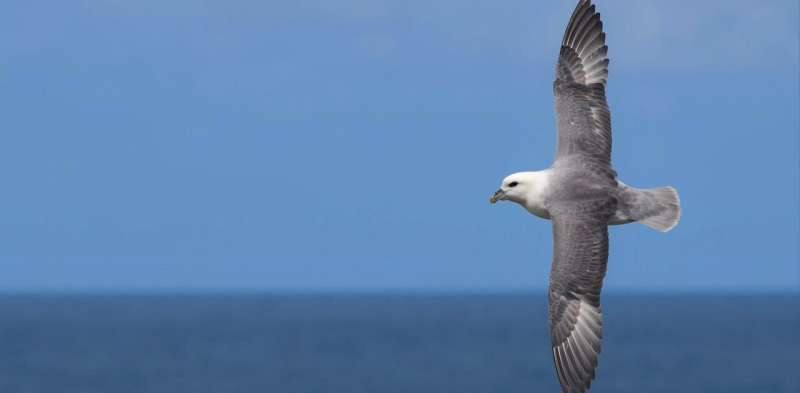
Seabirds are one of the world’s most threatened animal groups. They already contend with multiple issues, including climate change, accidental capture in fishing gear and being eaten by invasive species like cats and some rodents.
But these birds, which breed on land and forage for food at sea, are now facing another threat: plastic pollution. It’s becoming increasingly common to find seabirds that have ingested plastic as they forage for food.
A group of seabirds called petrels are particularly at risk. They roam vast areas of the ocean and cannot easily regurgitate the plastic they ingest. During the breeding season, they may even inadvertently feed this plastic to their chicks.
In our latest research, we tracked the movements of over 7,000 petrels of 77 different species. We combined this data with existing maps of marine plastic pollution to calculate an “exposure risk score” for each species. These scores enabled us to create a detailed picture of when and where seabirds are most at risk of encountering plastic pollution at sea.
One-quarter of petrels’ plastic exposure risk occurred in the high seas. These areas are not within any country’s jurisdiction, so international efforts are required to reduce the threat of plastic pollution to seabirds and other marine wildlife.
Research from 2014 found that more than 60% of flesh-footed shearwater fledglings surpass international targets for plastic ingestion by seabirds. Worryingly, 16% of fledglings failed these targets after just one feeding.
Over time, plastic debris also breaks down into minuscule fragments called microplastics. Research has found that microplastic exposure can cause inflammation in a bird’s digestive system—a phenomenon called “plasticosis.”